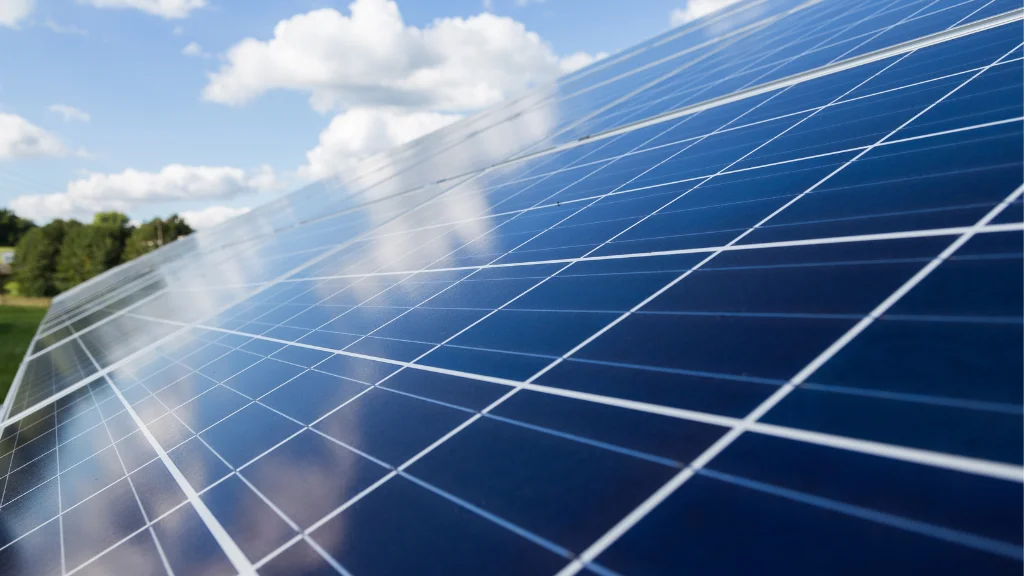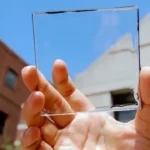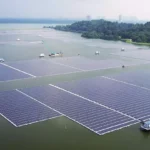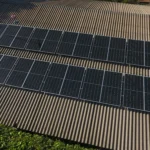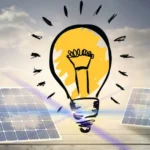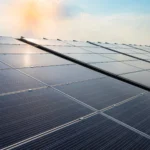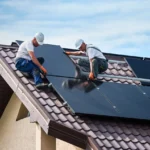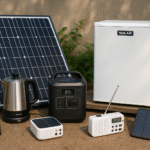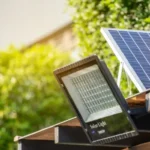Thinking about going solar? That’s awesome! Solar energy helps you save money, helps the planet, and even boosts your home’s value. But here’s the thing: there are different types of solar panels, and choosing the right one can be tricky. Don’t worry—I’ve got your back.
In this post, we’ll talk all about solar panels—what they are, how they work, and which one might be the best for you. Whether you’re already using solar power or just getting started, you’ll learn everything you need in simple, clear steps.
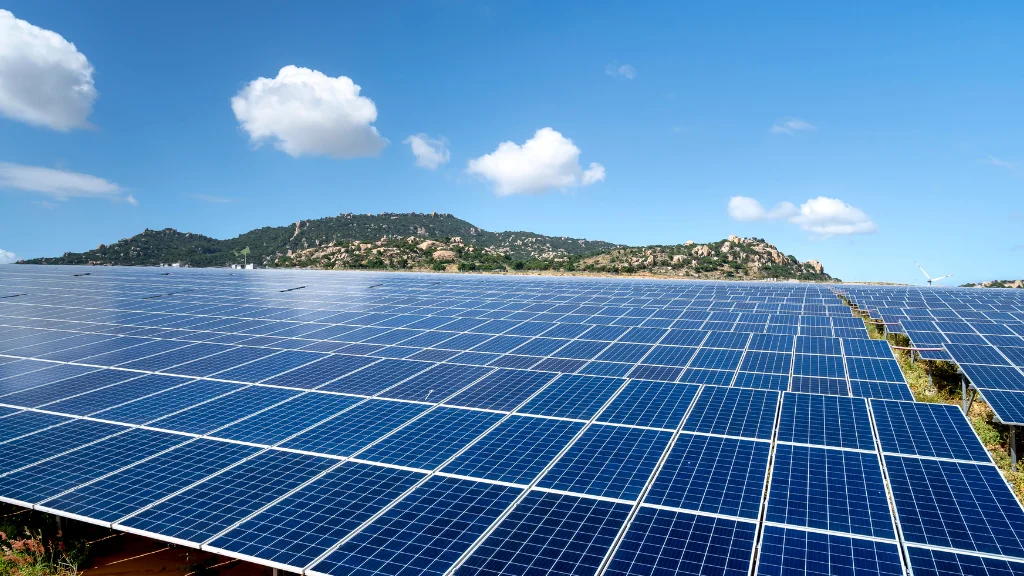
The Types of Solar Panels You Need to Know
There are three main types of solar , each working in its own way. Some are great for saving money, and others work better in small spaces. Let’s look at them one by one.
1. Monocrystalline Solar Panels
- These are the most common.
- Made from a single crystal of silicon.
- They look black and are very efficient.
- They last a long time and work well even on cloudy days.
- These are often seen as the best type of solar panel maintenance.
Real-life Example:
Sarah lives in a small home but wants strong solar power. She picked monocrystalline panels. Now, she saves money and powers her whole house—even during rainy days.
2. Polycrystalline Solar Panels
- Made from many silicon crystals.
- They look blue and are cheaper than monocrystalline.
- Not as efficient, but it’s still a solid choice.
- Great for larger spaces where you can fit more panels.
Real-life Example:
Tom runs a farm. He has lots of roof space, so he chose polycrystalline panels. He paid less and still got enough energy to run his barn and tools.
3. Thin-Film Solar Panels
- Super lightweight and flexible.
- Easy to install on many types of surfaces.
- It has a lower cost but also lower power.
- Best for unique jobs, like RVs or curved rooftops.
Real-life Example:
Lisa travels in her RV. She uses thin-film panels because they are light and easy to stick on top of her van. Now she charges her gadgets wherever she parks!
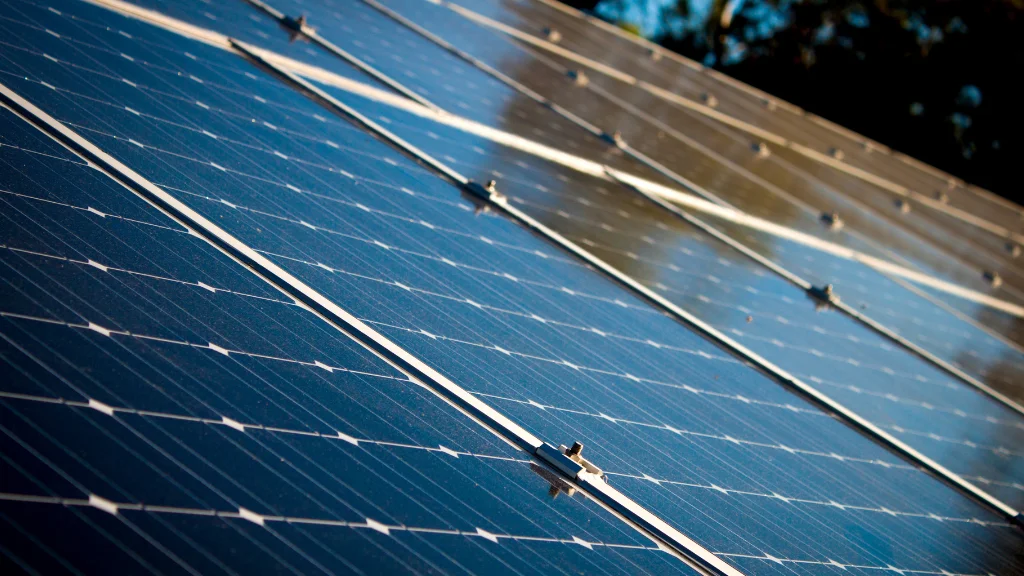
Comparing the Different Types of Solar Panels
Let’s break things down. Here’s what solar panels made of:
| Panel Type | Looks Like | Cost | Power Output | Best For |
|---|---|---|---|---|
| Monocrystalline | Black | $$$ | High | Small spaces, top quality |
| Polycrystalline | Blue | $$ | Medium | Big roofs, lower cost |
| Thin-Film | Black/Flex | $ | Low | Special jobs (RVs, sheds) |
This makes it easy to see the different types of solar at a glance
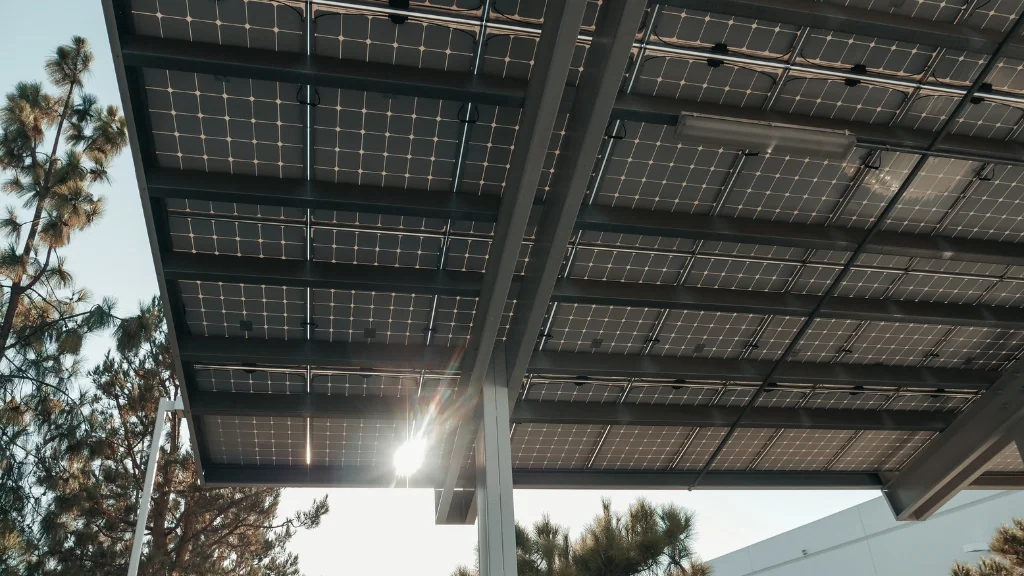
Types of Solar Panel Systems: What Are Your Options?
Not only are there different types of solar panels, but there are also solar panel systems. Let’s look at the main kinds.
Grid-Tied Solar System
- Most common system.
- You use solar power, but you’re still connected to the local electric grid.
- If you need more power, you pull from the grid.
- If you produce extra power, it goes back to the grid—and you might even get paid for it!
Off-Grid Solar System
- No connection to the electric grid.
- You use only the solar power you collect.
- Needs batteries to store extra energy.
- Great for cabins, farms, or remote homes.
Hybrid Solar System
- A mix of both grid and battery.
- You can use solar power, store some, and pull from the grid if needed.
- Very flexible and getting more popular.
Growatt makes exceptional inverters for all these systems. Whether you choose grid-tied, off-grid, or hybrid, Growatt helps you get the most from your solar setup.
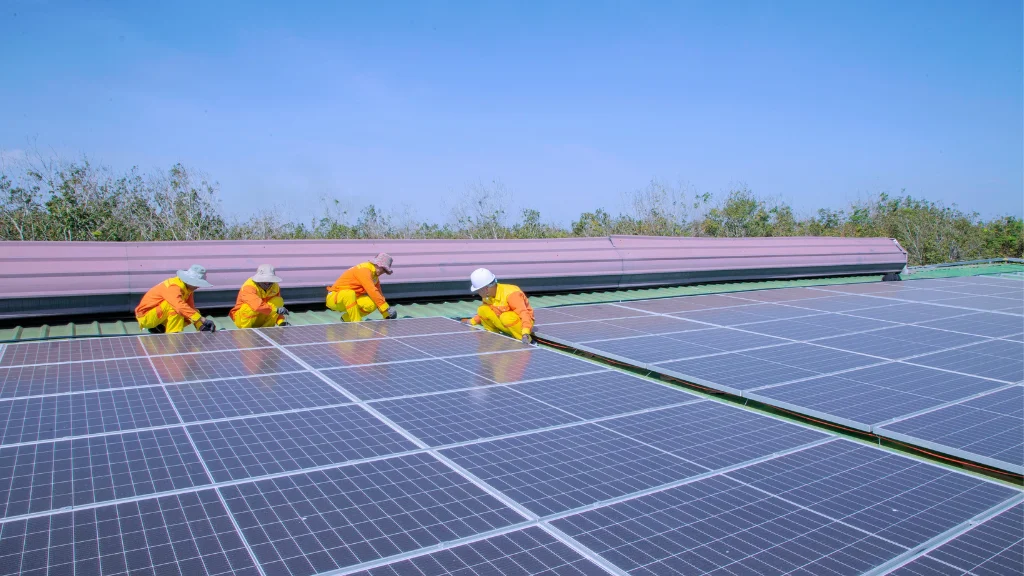
What Are the Solar Panel Connector Types?
what are solar panels made of and how to be linked together to work as a system, and that’s where solar panel connector types come in.
MC4 Connectors
- The most common type.
- Easy to use and weather-proof.
- Great for most homes and systems.
MC3 Connectors
- An older style.
- Not used much today.
- Less safe and harder to install.
T4 Connectors
- New and made for higher power.
- Sometimes used in bigger or newer systems.
Always make sure your installer uses the best solar panel connector types for your system. Good connectors mean better power and more safety.
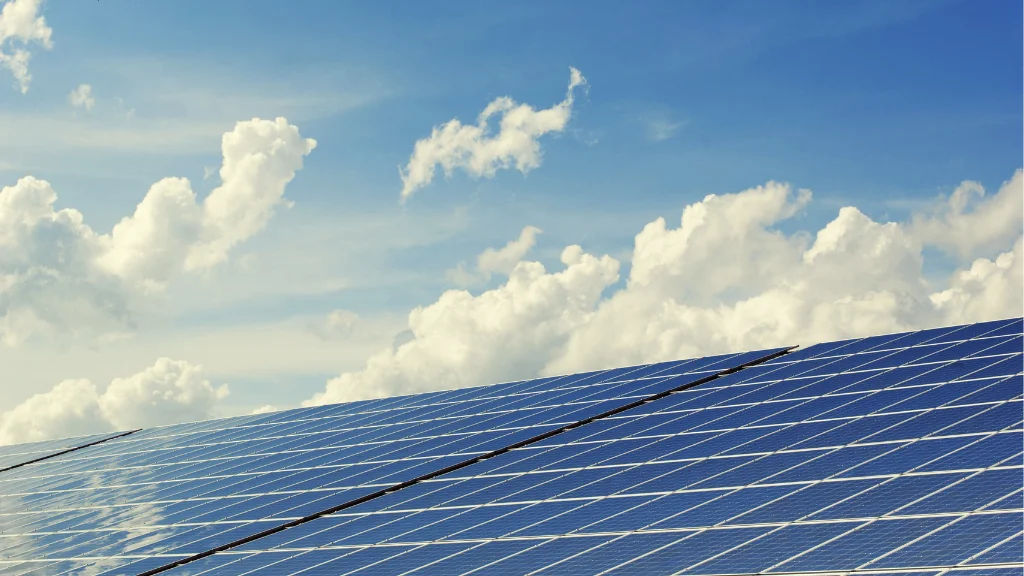
What’s the Best Type of Solar Panel for You?
Choosing the best type of solar panel depends on:
- Your budget
- How much space you have
- How much energy you need
- Your style (yep, some panels look cooler than others!)
Here’s a quick cheat sheet:
- Want power and looks? Go for monocrystalline.
- Want to save money and have space? Try polycrystalline.
- Need something light and flexible? Use thin-film.
And remember—Growatt makes tools that help your panels work even better, like inverters and batteries.
Choosing the Right Types of Solar Panels
So, now you know all about the types of panels. You’ve learned about:
- Monocrystalline, polycrystalline, and thin-film panels
- The pros and cons of each
- The different types of solar panel systems
- Solar panel connector types like MC4 and T4
- And even top tools like Growatt inverters
When picking the best solar panel, think about your needs, your space, and your budget. The good news? There’s a perfect match for everyone.
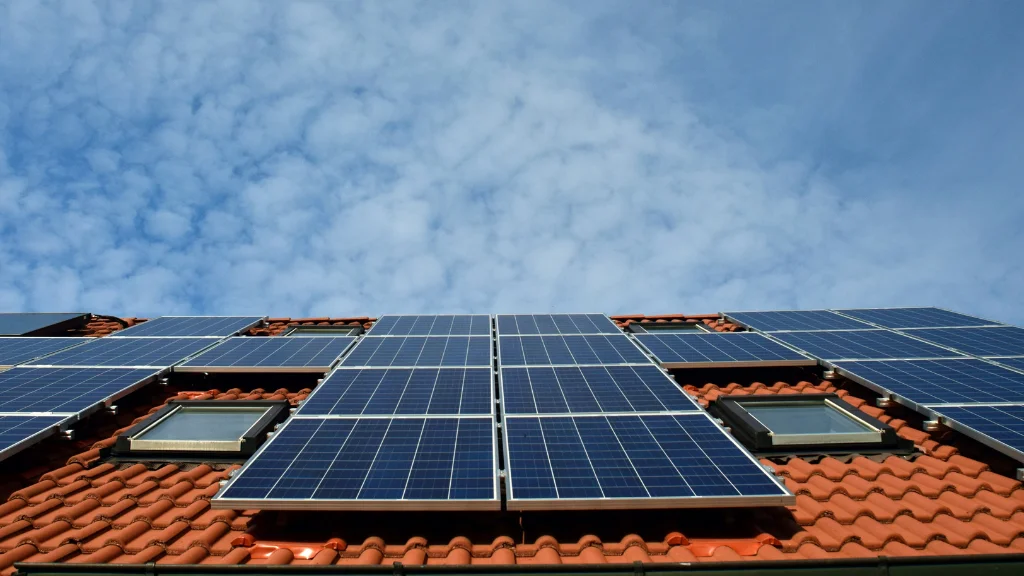
Ready to Take the Next Step?
Now that you understand the solar panels, it’s time to move forward. Whether you’re upgrading your old system or just starting out, you’ve got the knowledge to make a smart choice.
- Contact a local solar expert
- Or explore the best solar systems for your home
Let the sun power your future—clean, simple, and smart!
Common Questions & Answers
Q: What’s the most efficient type of solar panel?
A: Monocrystalline panels are the most efficient. They give the most power for their size.
Q: Are thin-film panels good for homes?
A: Not really. They’re better for small or flexible spaces, like RVs or sheds.
Q: What are the main types of solar panel systems?
A: Grid-tied, off-grid, and hybrid. Grid-tied is the most common.
Q: What are some trusted brands?
A: Growatt is a top choice for inverters and system parts.
Q: Can I mix different types of solar panels?
A: It’s possible, but not always smart. It’s better to stick with one type for best results.

